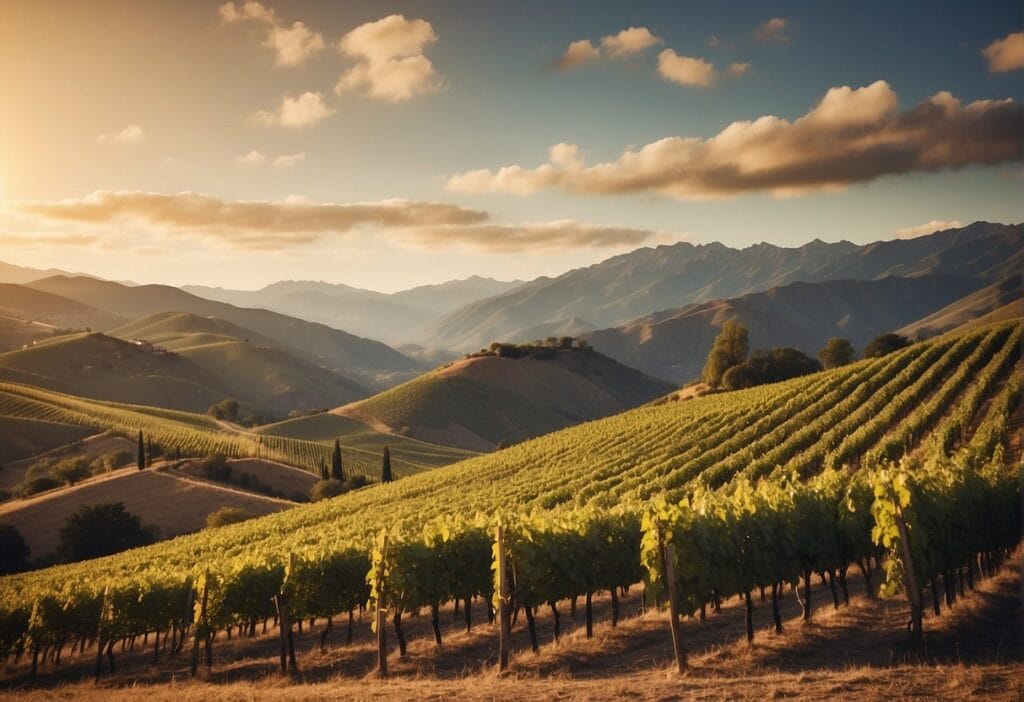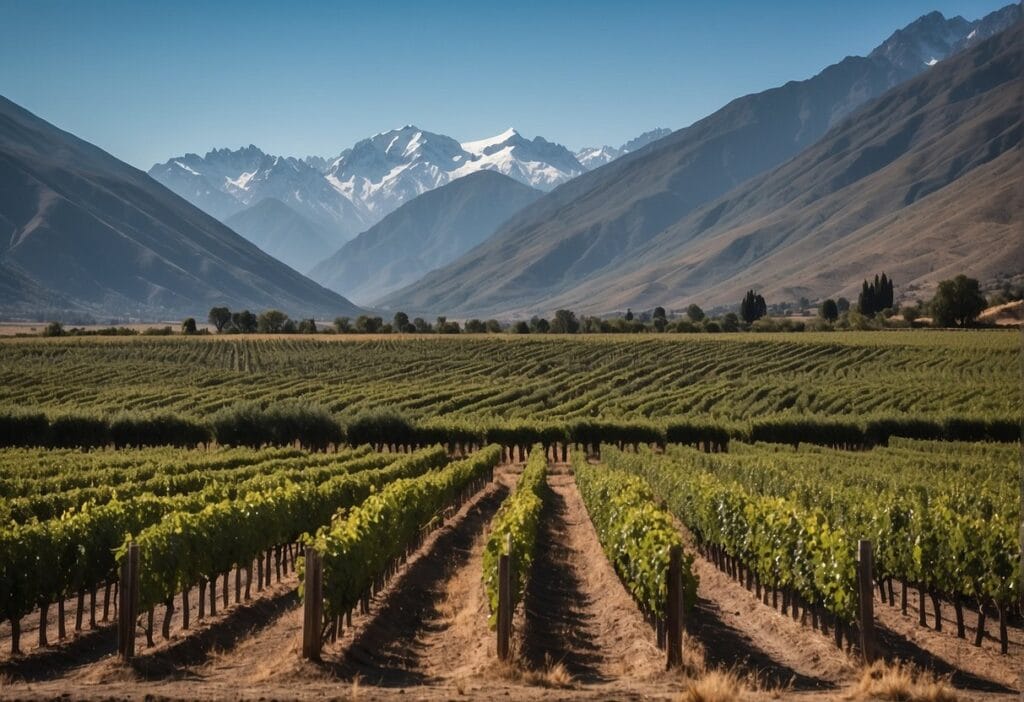California is a dream destination for wine lovers from around the world. From the rolling hills of Napa Valley to the sun-soaked vineyards of Sonoma, this state boasts some of the most picturesque and prestigious wineries. Each vineyard offers a unique experience, from historical tours to exclusive wine tastings, making it an essential stop on any traveler’s itinerary. Curious about where to find the very best vineyards in California?
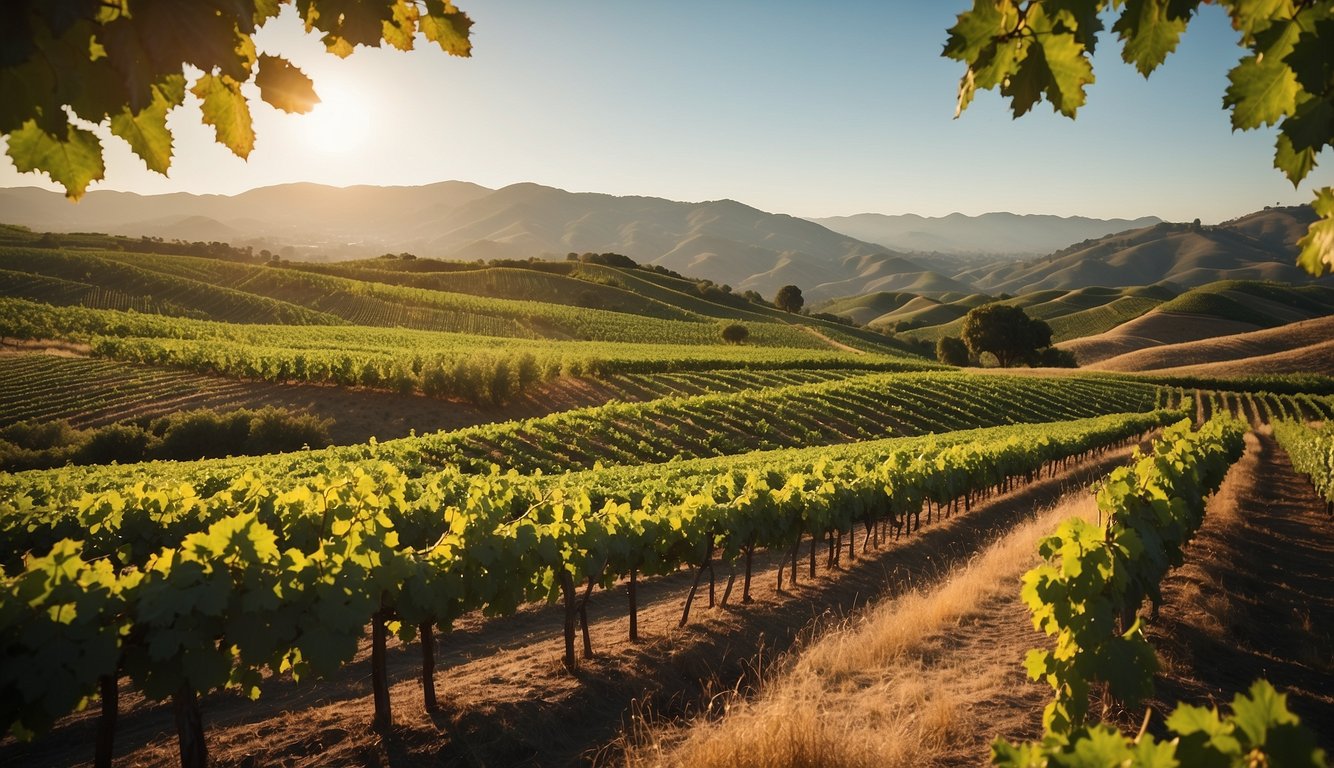
Whether you’re a seasoned oenophile or a casual enthusiast, discovering the top vineyards in California is an adventure filled with delicious wines and unforgettable scenery. The diverse climate and fertile soils allow for a wide range of grape varieties and flavors. Explore the charm and elegance of California’s wine country through these must-visit vineyards.
1) Robert Mondavi Winery
Robert Mondavi Winery is one of the most iconic wineries in Napa Valley. Known for its excellence and innovation, this vineyard offers an unforgettable experience. Established by Robert Mondavi in 1966, it quickly became one of the foremost names in the wine industry.
Robert Mondavi’s creation of the Fumé Blanc style of wine is one of his standout achievements. This distinct wine helped put the winery on the map. Visitors can also enjoy the vineyard’s location next to the cherished To Kalon vineyard.
In recent years, Robert Mondavi wines have seen impressive price appreciation. For example, the six-year price increase for the To Kalon Reserve Cabernet Sauvignon averages 50%, while Opus One boasts a 71% rise. This speaks to the quality and demand for these wines.
The winery is also home to the Robert Mondavi Institute for Wine and Food Sciences at UC Davis. Founded with a $25 million donation from Mondavi, the institute is a testament to his commitment to wine education and research.
Visitors to the Robert Mondavi Winery can expect a welcoming and enriching experience, making it a must-visit destination in Napa Valley. For more information, visit their page on Robert Mondavi Winery.
2) Chateau Montelena
Chateau Montelena, located in Calistoga, Napa Valley, is a must-visit vineyard. Founded in 1882, it offers a rich history alongside its renowned wine. This historic winery gained fame after its Chardonnay won a top award in the “Judgment of Paris” competition in 1976.
Visitors can enjoy walking on pleasant trails around a lake with Chinese-style pergolas. Fall is a particularly beautiful time to visit, as the leaves change color, reflecting in the water.
The self-guided tour provides an abundance of information about the chateau’s history and wine-making process. For those interested in tasting, Chateau Montelena is known for its Chardonnay and Cabernet Sauvignon.
Learn more about the picturesque setting and what makes this vineyard special on their official page.
3) Opus One Winery

Opus One Winery stands out in Napa Valley for its iconic wines and stunning architecture. Founded in 1979 by Robert Mondavi and Baron Philippe de Rothschild, it focuses on creating ultra-premium wines.
The winery is known for its prestigious Cabernet Sauvignon. They blend this main grape with small quantities of Cabernet Franc, Merlot, Malbec, and Petit Verdot. This creates a Bordeaux-style wine that has won many admirers.
Visitors to Opus One can enjoy the beautiful scenery from the upstairs terrace. They can relax with a glass of wine and take in the views of Napa Valley’s vineyards.
Opus One is also one of the most collectible wines in Napa Valley. Its average price is around $400, reflecting its quality and demand. The winery remains a top pick for wine enthusiasts and collectors alike.
4) Duckhorn Vineyards
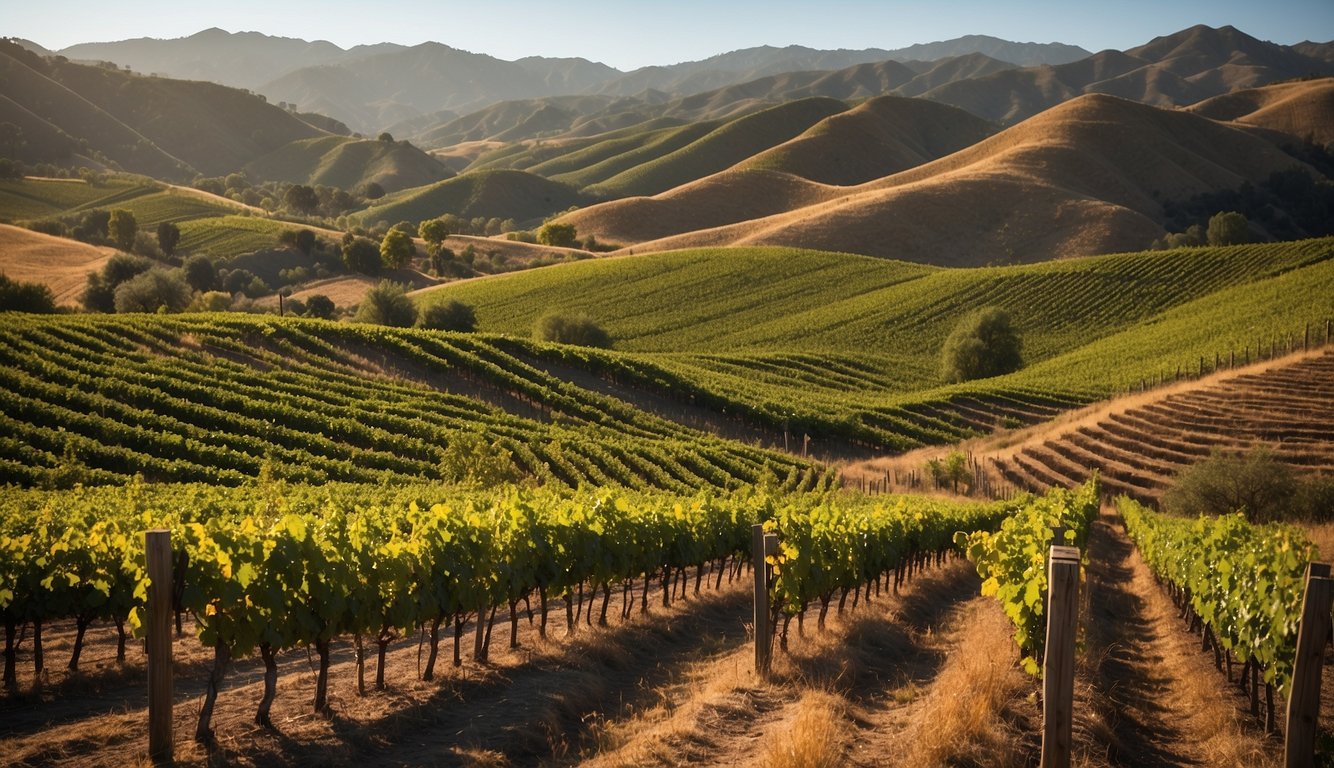
Duckhorn Vineyards, founded by Dan and Margaret Duckhorn in 1976, is a standout in Napa Valley. Known for its exceptional Merlot, the winery has built a strong reputation over nearly five decades. Its dedication to quality has positioned it as one of North America’s premier wine producers.
The vineyard’s Colonial-style estate house offers a cozy, intimate setting for visitors. Unlike commercialized tasting rooms, it feels like a home away from home. Guests can enjoy a relaxing and personalized wine-tasting experience.
Duckhorn Vineyards is a must-visit, offering breathtaking views and a serene atmosphere. Wine enthusiasts can expect an unforgettable visit, complete with stunning landscapes and world-class wines. Exploring Duckhorn Vineyards means enjoying both the beauty of Napa Valley and some of the best wines the region has to offer.
Discover more about Duckhorn Vineyards and plan your visit here.
5) Stag’s Leap Wine Cellars
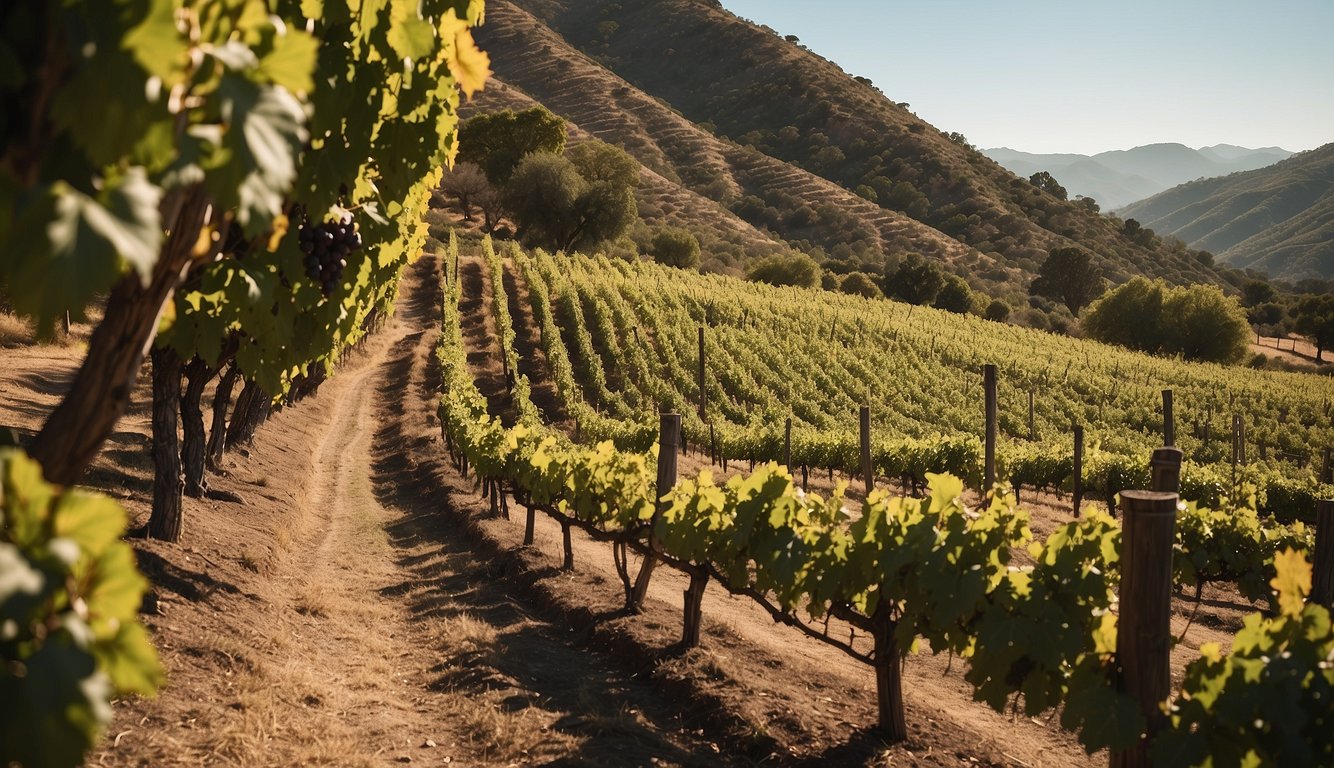
Stag’s Leap Wine Cellars made history at the famous Judgment of Paris Tasting in 1976. Their 1973 S.L.V. Cabernet Sauvignon outperformed even the French wines, putting Napa Valley on the global wine map.
Located in the Stags Leap District, the winery thrives on its legendary soils. The FAY Vineyard, where it all began, was planted in 1961 by Nathan Fay. This historic vineyard was the first to grow Cabernet Sauvignon in the district.
In 1969, tasting Nathan Fay’s homemade wine inspired Warren Winiarski to start Stag’s Leap Wine Cellars. From that moment, Stag’s Leap produced exceptional wines.
The winery’s FAY Outlook & Visitor Center offers breathtaking views and a tasting experience to match their world-class wines. Stag’s Leap Wine Cellars is renowned for producing top-quality Cabernet Sauvignon, proving they remain a leader in winemaking.
For more information, visit Stag’s Leap Wine Cellars.
6) Silver Oak Cellars
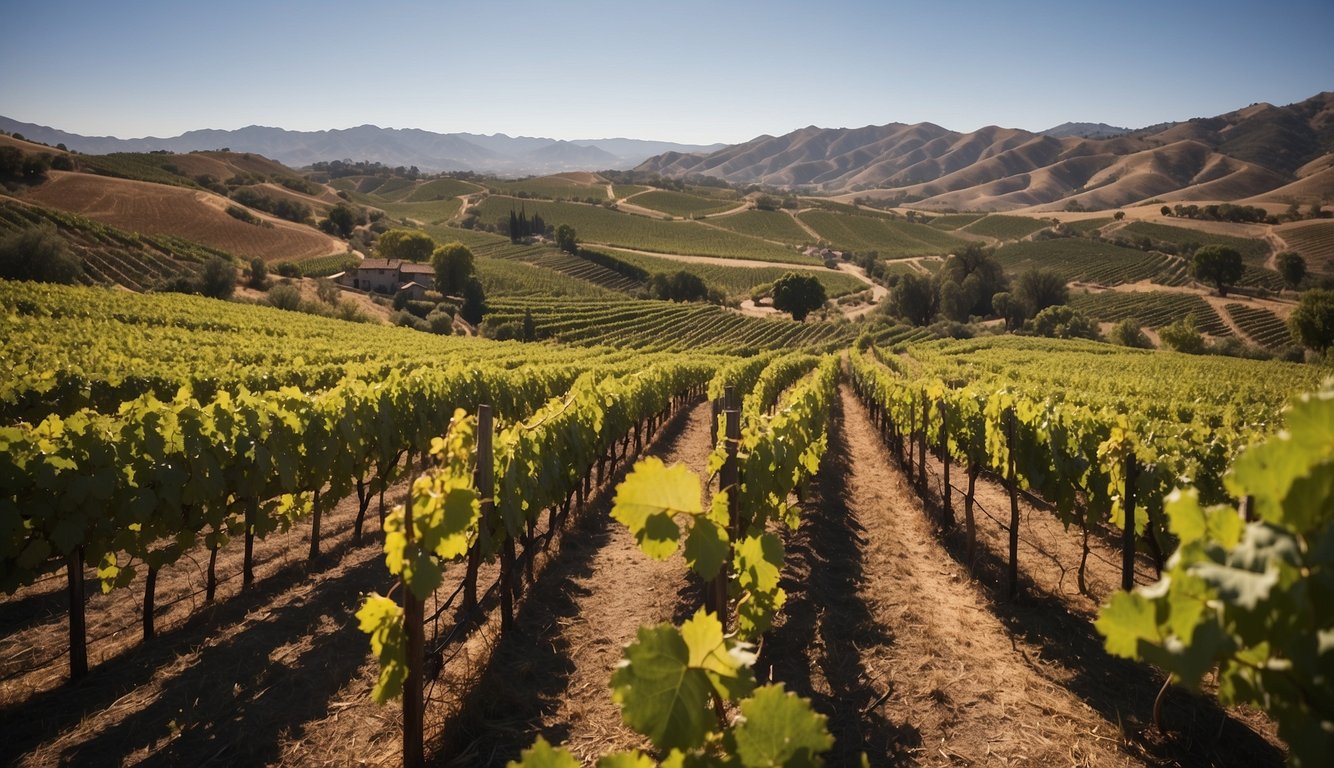
Silver Oak Cellars stands out for its commitment to producing only Cabernet Sauvignon. This approach has allowed them to specialize and perfect their craft since they started in 1972.
Located in Oakville, Napa Valley, Silver Oak offers several tasting experiences. Visitors can enjoy group tastings, which are great for friends and family, allowing everyone to explore the vineyards together.
The winery’s sustainability efforts are noteworthy. Silver Oak is certified by the California Sustainable Wine Alliance, underscoring their dedication to environmentally friendly practices.
Their Red Tail Vineyard in Alexander Valley is particularly valued. The vineyard’s fruit is known for its acidity and brightness, adding unique flavors to their wines.
For more on Silver Oak’s history and wines, visit their official website. Another informative resource is Vinovest’s overview, which details their top wines and winemaking methods.
Silver Oak Cellars provides an exceptional experience for wine enthusiasts looking to explore some of the best Cabernet Sauvignon in California.
7) Ridge Vineyards
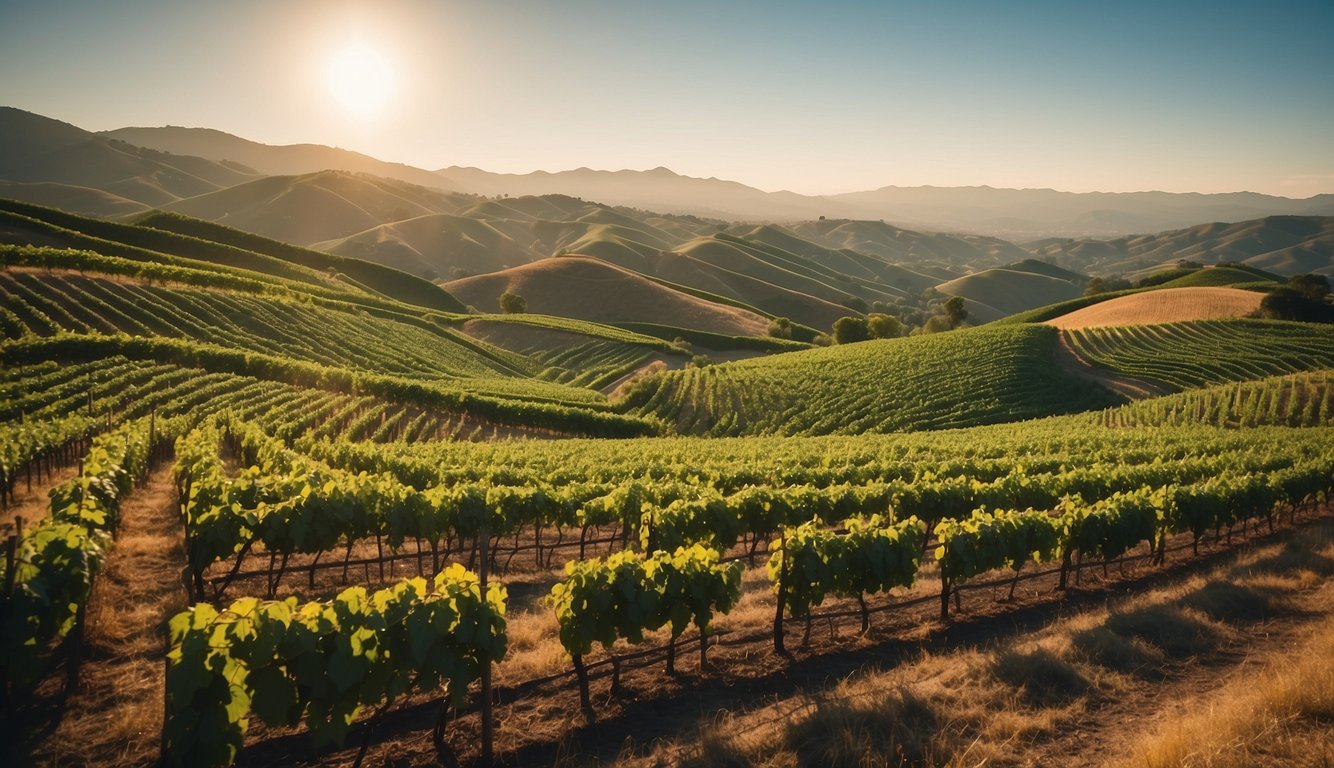
Ridge Vineyards stands out for its exceptional reputation. Located in the hills of Cupertino, this winery has been producing top-quality wines for six decades.
Ridge Vineyards is famous for its Monte Bello wine, which originates from the Santa Cruz mountains. This wine is noted for its European style, offering subtlety and complexity that can age for decades.
Their 2014 East Bench Zinfandel even made its way to President Obama’s last state dinner in 2016. This accolade highlights the winery’s commitment to excellence and its recognition on a prestigious level.
In 2020, Ridge Vineyards’ Monte Bello location was ranked 16th in the World’s Best Vineyards, marking it as a must-visit for wine lovers aiming to experience some of the finest wines in California.
For those seeking a visit, Ridge offers a unique opportunity to taste wines that have continuously earned praise from Wine & Spirits Magazine among others. This dedication to quality and craftsmanship ensures each visit is memorable.
8) Caymus Vineyards
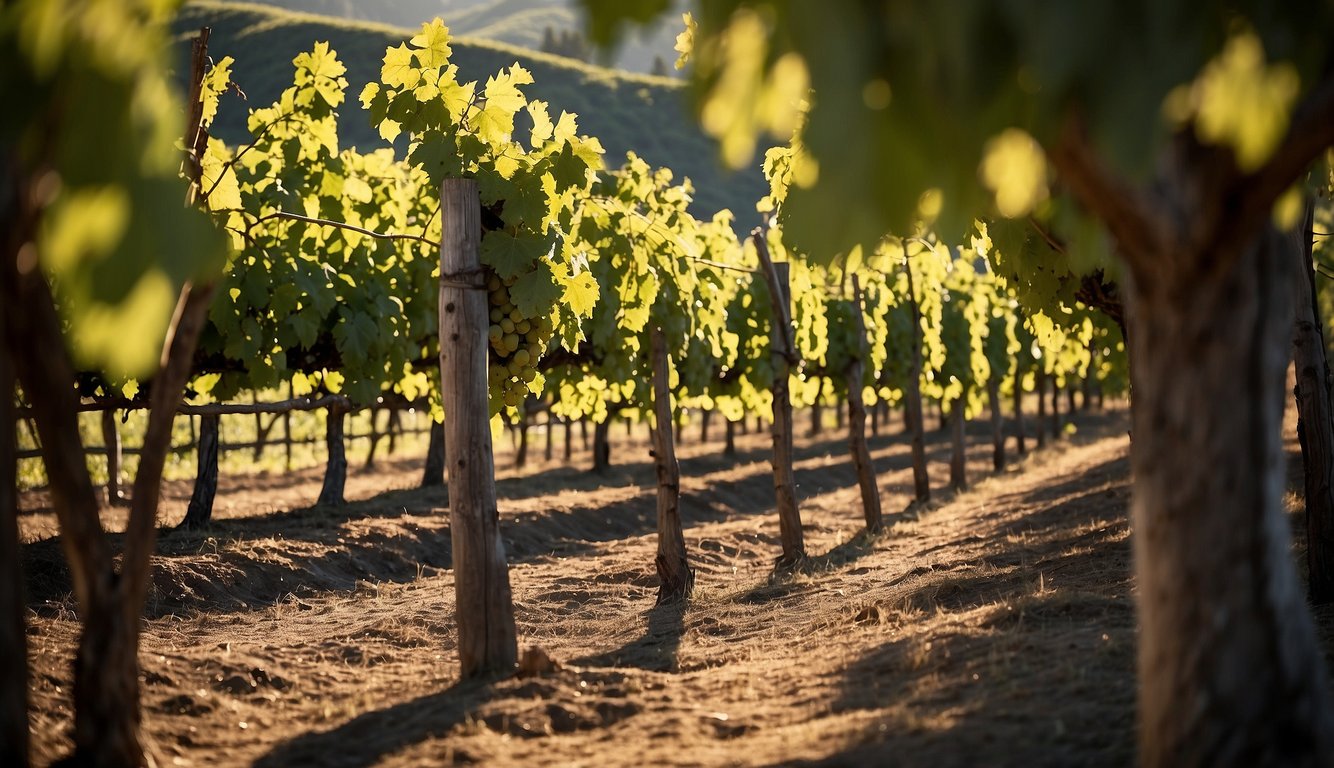
Caymus Vineyards, located in Rutherford, Napa Valley, is known for its outstanding Cabernet Sauvignon. This family-owned vineyard was established in 1972 by Chuck Wagner and his parents, Lorna and Charlie Sr.
Caymus is famous for its rich, fruit-forward wines. Their flagship wine, Caymus Cabernet Sauvignon Napa Valley Special Selection, has won Wine Spectator’s Wine of the Year twice, in 1989 and 1994.
Visitors can enjoy a relaxing tasting experience at the winery. The vineyard offers tours where guests can learn about the history and winemaking process. Caymus remains dedicated to producing exceptional wines, sourcing grapes from various regions across California.
To find out more, visit Caymus Vineyards.
9) Schramsberg Vineyards
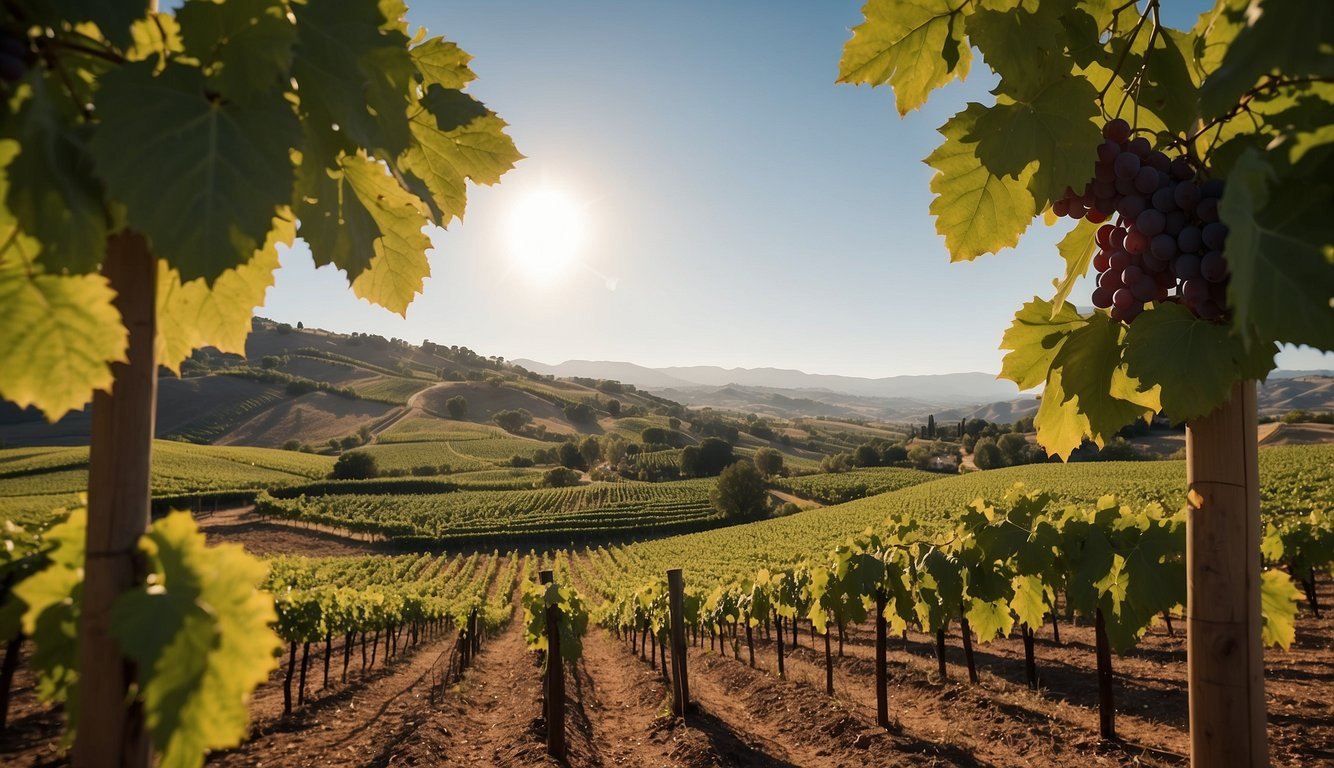
Schramsberg Vineyards, located in Napa Valley’s Diamond Mountain, is known for its exceptional sparkling wines. Founded in 1862 by Jacob Schram, it has a rich history that combines tradition and innovation.
The estate features a Victorian house built in 1875 surrounded by lush vegetation and tall trees. This historic landmark has been restored by the Davies family, ensuring that its original charm remains intact.
Schramsberg is renowned for pioneering the use of Chardonnay in American sparkling wine. They were also among the first to use the traditional Methode Champenoise in the U.S., a technique that contributes to their wine’s unique quality.
Their vineyards extend across various cool climate sites in Northern California, including Sonoma, Napa, Marin, and Mendocino counties. This diversity allows them to cultivate high-quality grapes that enhance the flavor profiles of their sparkling wines.
Schramsberg’s sparkling wines have graced the tables of U.S. presidents and sommeliers alike, making it a favorite in high-end dining circles. They continue to be a vital part of California’s wine heritage, attracting visitors from around the world.
10) Jordan Vineyard & Winery
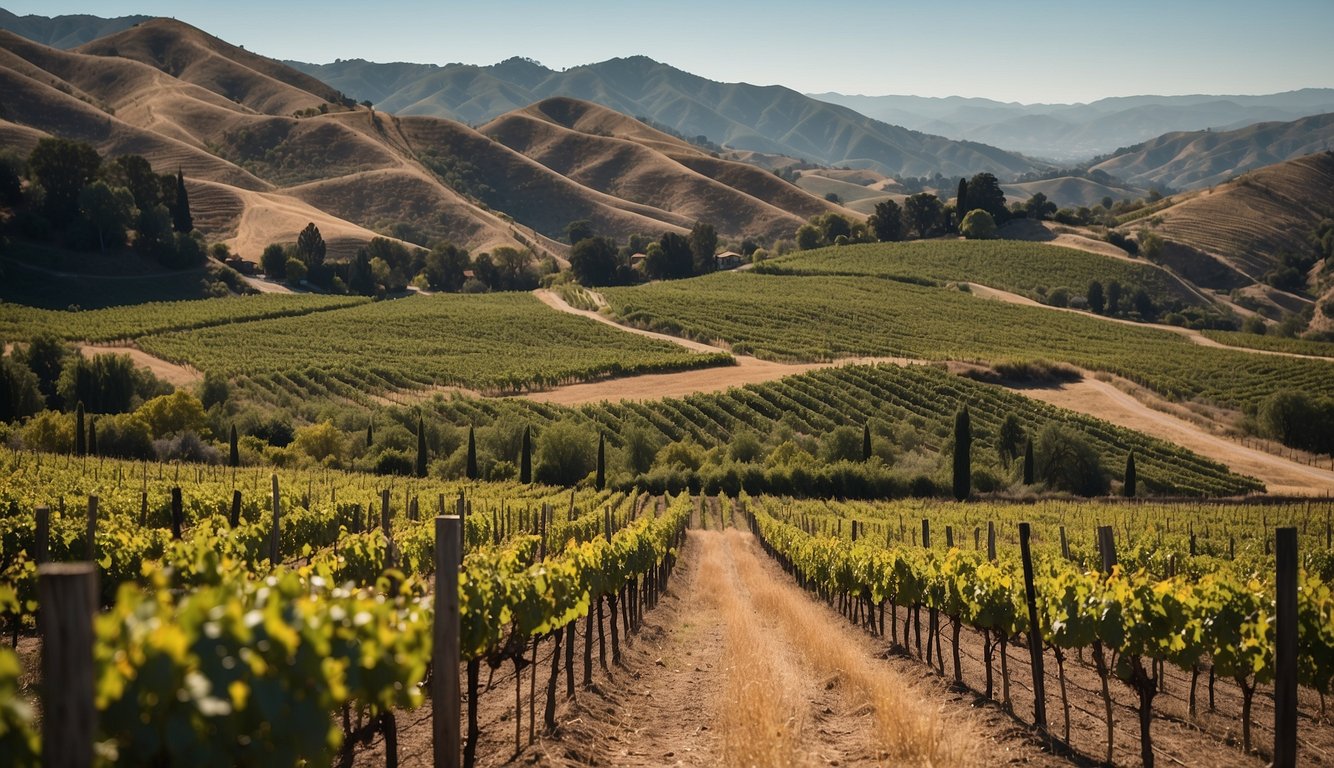
Jordan Vineyard & Winery in Healdsburg is known for its beautiful French-inspired estate. Nestled in the rolling hills of Alexander Valley, this winery offers a charming escape.
The winery is a certified sustainable operation, focusing on producing balanced wines. Visitors can enjoy exquisite Chardonnay and Cabernet Sauvignon.
Guests are welcomed by appointment. Jordan Vineyard & Winery is praised for its gracious hospitality and elegant tasting experiences. Each visit can be enhanced with food and wine pairings.
The winery features a redesigned lobby inspired by a French chateau. This unique setting adds to the overall charm and allure of the estate.
Jordan Winery also boasts stunning views. Whether you’re inside the chateau or strolling the vineyards, the scenery is breathtaking.
For those planning a trip, remember the winery is closed on Sundays from December through March. It is recommended to book in advance to ensure a spot.
Explore more about the vineyard’s features and plan your visit by checking out their official website.
Jordan Vineyard & Winery continues to stand out as a top destination in California’s renowned wine country. With its commitment to sustainable practices and guest satisfaction, it remains a favorite for many wine enthusiasts.
History of California Vineyards
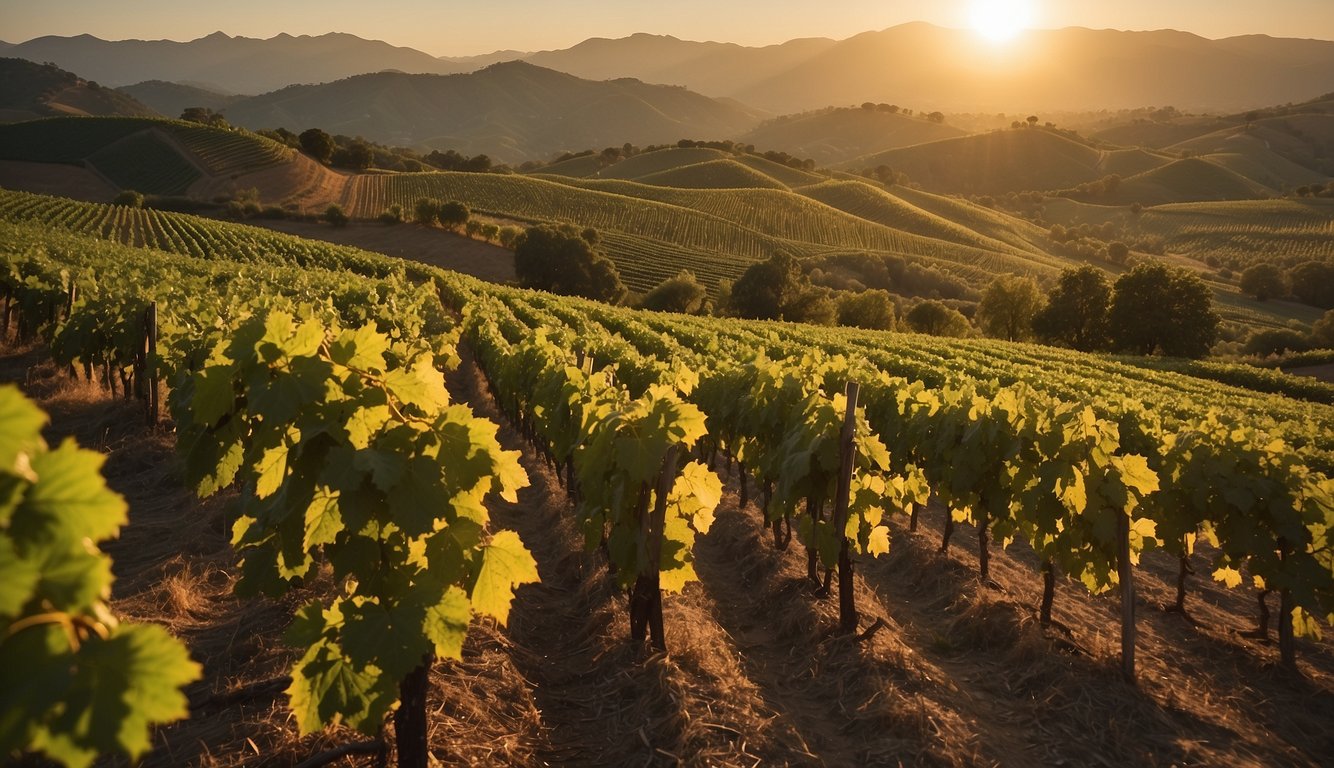
California’s journey into winemaking began in the 1800s with early plantings and faced setbacks during Prohibition. Modern advancements have solidified its place as a global wine leader.
Early Beginnings
California’s winemaking history started in the early 1800s when Spanish missionaries planted the first vineyards. They primarily used Mission grapes, which were suitable for both eating and winemaking.
By the mid-1800s, European immigrants introduced various grape varieties, enhancing wine quality. The Gold Rush attracted even more settlers who established vineyards in places like Napa Valley and Sonoma County.
These regions quickly became known for their ideal growing conditions. John Patchett, one of the pioneers, opened California’s first commercial winery in 1857. By the late 19th century, the industry was flourishing, producing a wide range of wines that began to attract international attention.
Prohibition Era Impact
The Prohibition era, spanning from 1920 to 1933, dealt a severe blow to California’s wine industry. The Volstead Act made it illegal to produce, sell, or transport alcoholic beverages, forcing many wineries to shut down.
Some vineyards managed to survive by producing sacramental wine, which was still permitted for religious purposes. Others sold grapes for home winemaking, which was also somewhat allowed under the law.
Though some wineries adapted, many vineyards were neglected or uprooted altogether. It wasn’t until the repeal of Prohibition in 1933 that the industry began to recover, but it took years to regain its pre-Prohibition momentum.
Modern Developments
The modern era of California winemaking began in the mid-20th century. A significant turning point was the famous 1976 Judgement of Paris, where California wines unexpectedly outperformed French wines in a blind tasting.
This event put California on the global wine map. Many vineyards started to experiment with new growing techniques and grape varieties, leading to higher-quality wines.
Today, regions like Napa Valley and Sonoma County are renowned worldwide. Advances in technology and sustainable farming practices have further cemented California’s reputation. The state now boasts some of the world’s most respected and innovative vineyards, attracting wine enthusiasts from around the globe and contributing significantly to the wine industry.
Wine Tasting Experiences
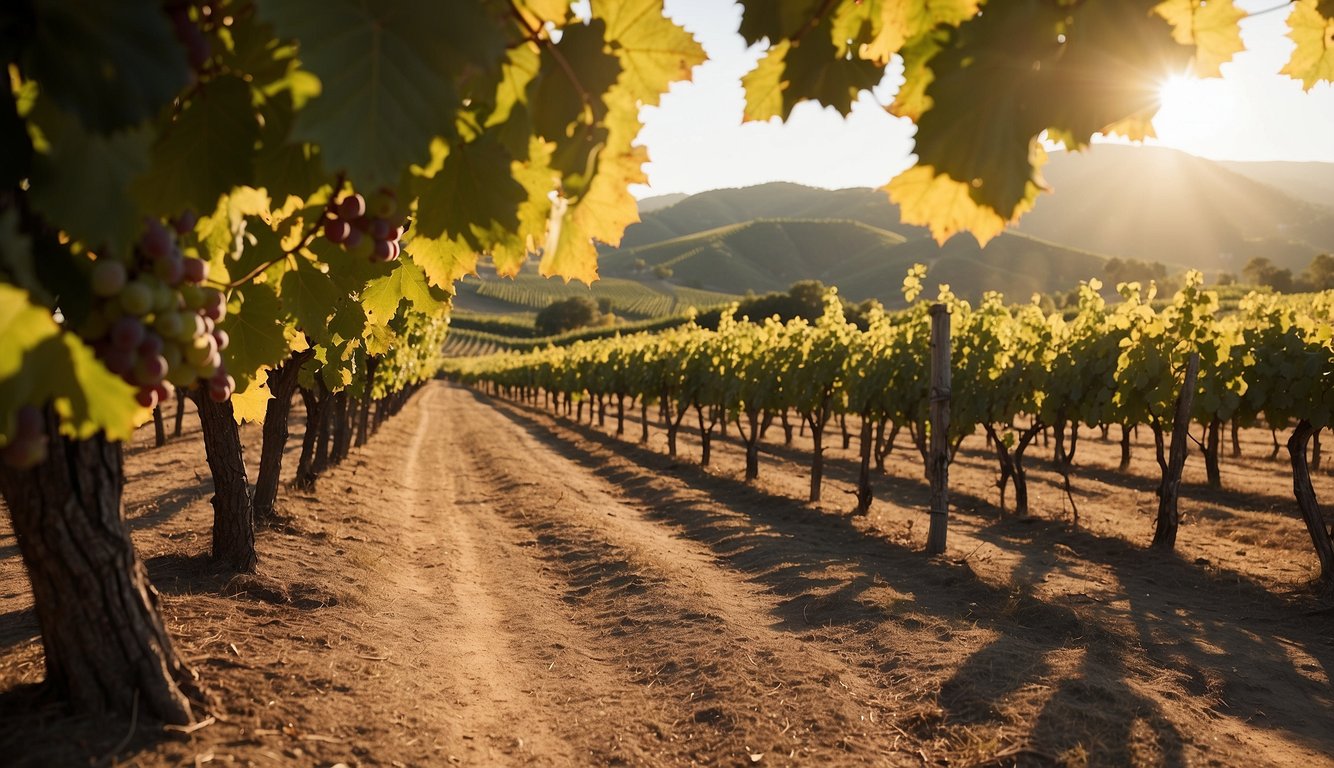
Wine tasting in California is not just about sipping great wines. It involves learning the art of tasting, enjoying seasonal events, and discovering how to pair wines with local cuisine for the best experience.
How to Taste Wine Like a Pro
Tasting wine like a pro involves more than just drinking it. First, look at the wine’s color and clarity. Hold the glass against a white background to see its true color. Next, swirl the wine in the glass to release its aromas. Take a deep sniff and try to identify the various scents. Then, take a small sip and let it linger in your mouth for a moment. Notice the wine’s texture and flavors, and consider how they evolve. Spit or swallow? Pros often spit to avoid overconsumption, especially at large tastings.
Seasonal Tasting Events
California’s vineyards host various seasonal events that highlight different types of wine and winemaking processes. In the spring, you might enjoy a “bud break” celebration where the first buds appear on the vines.
The summer often features outdoor tastings and picnics among the vines. Harvest season in the fall is another exciting time, with many wineries offering tours and hands-on experiences where guests can help with the harvest. Winter brings more intimate, cozy tastings often centered around bold red wines that warm you up.
Pairing Wine with Local Cuisine
Pairing wine with local cuisine elevates the tasting experience. Red wines like Cabernet Sauvignon pair well with grilled meats and hearty dishes. White wines such as Chardonnay or Sauvignon Blanc are excellent with seafood and lighter fare.
Rosé wines are versatile and can complement a wide range of dishes, from salads to spicy foods. California’s diverse agricultural offerings mean that there are always fresh ingredients to try with your wine. For a unique experience, visit a vineyard that offers a wine and food pairing menu, where chefs and sommeliers have crafted dishes designed to bring out the best in each wine.
